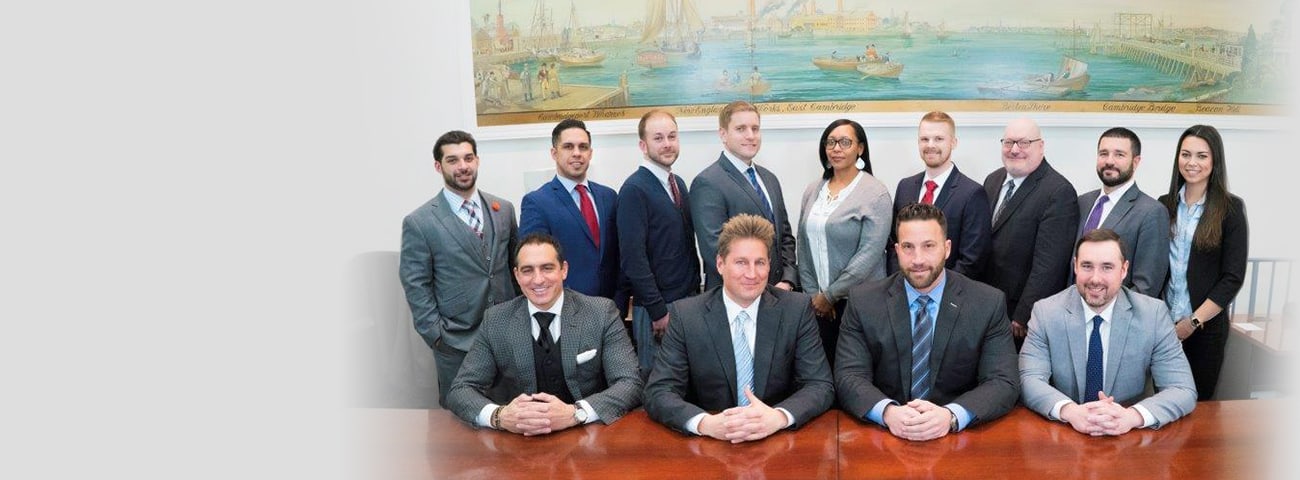The spectacle of watching spirted competition is an entertainment draw that attracts tens of millions of Americans to huge stadiums every year. Whether it’s football, baseball, basketball, hockey or one of dozens of other sporting events, there’s something primal and special about going out to a venue and cheering your lungs sore for your favorite team. Some of these sporting events are so popular that the venues required to house them must be humongous, sprawling structures that tower hundreds of feet in the air. Some stadiums, like the Indianapolis Motor Speedway, the world’s biggest sports stadium, can accommodate more than 200,000 fans.
Many of these stadiums must stretch their seating sections high up into the air, and certain sections of the stadium will always pose a risk for serious falls, such as falling over the side of a railing from a high-up seating section, or down a steep stairwell. Now take into consideration that nearly every major professional sports stadium in the United States serves alcoholic beverages to their patrons, and the potential for disaster certainly increases. There are incidents, seemingly every year, of fans falling from great heights and receiving serious injuries, or worse, actually dying from the incident.
Simply factor in the amount of people present at these events, the possibility of liquids being spilled in dangerous areas, the physical necessity of stadiums being tall structures, and the presence of alcohol, and it isn’t hard to imagine a situation where an injury can occur.
When is the stadium liable?
As with most other personal injury cases, to win a case that alleges your injury was caused by the direct result of the stadium owner or operator, you must prove that the owner or operator was negligent in their responsibility to reasonably protect you against the injury. For example, if you simply trip over your shoelaces and fall down a flight of stairs, the stadium is not liable, since this was simply an accident that they could not control or foresee. However, if you slipped and fell down those stairs because there was a water spill that they failed to clean up in a reasonable amount of time, you may have a legitimate personal injury case.
What if I’m injured by the sporting event itself?
If you get nailed by a foul ball in baseball, or a basketball player runs uncontrollably out of bounds and lands directly in your lap, these types of events are most likely not something that you can pursue legal action over. Sports venues place disclaimers on each ticket that outlines the potential risk of injury from action occurring during the event, and by purchasing and using the ticket, you agree to those terms. However, in some cases, if the stadium did not take proper precautions – such as utilizing a big enough ball screen to prevent harm from fast foul balls in areas that are likely to produce them – there may be potential for a successful case. A woman sued the Red Sox in 2015 after such an occurrence. Continue reading
 Boston Injury Lawyer Blog
Boston Injury Lawyer Blog










